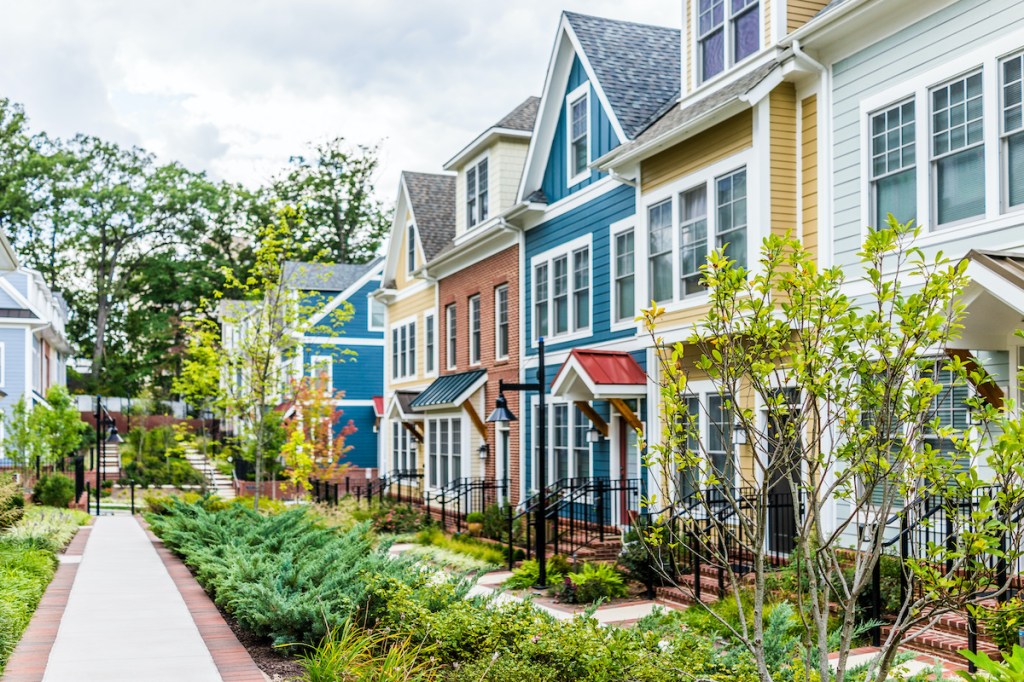Mortgages rates reached their highest level since 2000, construction costs rose and building regulations remained burdensome, leaving U.S. housing affordability near a 10-year low point at the end of last year, according to the National Association of Home Builders (NAHB).
According to the fourth-quarter 2023 iteration of the NAHB/Wells Fargo Housing Opportunity Index (HOI), only 37.7% of new and existing homes sold during the final three months of last year were considered affordable to households earning the U.S. median income of $96,300. This figure was virtually unchanged from Q3 2023, which was the lowest on record since NAHB began tracking the metric in 2012.
“Even as overall inflation continues to moderate, shelter costs continue to put upward pressure on inflation, accounting for more than half the inflation gains in the latest Consumer Price Index,” NAHB chief economist Robert Dietz said in a statement. “The best way to tame shelter inflation and address America’s housing affordability challenges is to enact policies that reduce regulatory costs to help builders increase the supply of housing.”
HOI data revealed a U.S. median home price of $375,000 in Q4 2023, down 3.4% from a median of $388,000 in the prior quarter.
Meanwhile, average mortgage rates, according to Freddie Mac’s Primary Mortgage Market Survey, increased from 7.13% in the third quarter to 7.44% in the fourth quarter — the highest rate in the history of the HOI.
“Affordability conditions should show some gradual improvement this year, as mortgage rates peaked in the fourth quarter of 2023 and are now well below 7%,” NAHB Chairman Alicia Huey said in a statement.
“But even as lower interest rates track with our latest builder surveys that indicate an upturn in builder confidence in the single-family market, affordability conditions will remain challenging as builders contend with a high-cost regulatory environment and a chronic shortage of workers and buildable lots.”
The Midwest dominated NAHB’s rankings of the nation’s most affordable housing markets at the end of last year. Lansing, Michigan, was judged as the most affordable major market (defined as metro areas with a population of at least 500,000). It was followed by Harrisburg, Pennsylvania; Indianapolis; and the Ohio markets of Dayton and Akron.
Bay City, Michigan, led the way for affordability among all small markets. It was followed by Elmira, New York; Davenport, Iowa; Cumberland, Maryland; and Springfield, Ohio.
The Los Angeles metro area earned the dubious distinction as the least affordable major market in the U.S. for a 13th straight quarter. Only 2.7% of homes sold there in Q4 2023 were affordable to households earning the area median income of $98,000.
California accounted for each of the 10 metros listed among the nation’s least affordable locations, regardless of size, according to NAHB.
The Q4 2023 report marks the end of the long-running HOI series. NAHB will produce a new metric, the Cost of Housing Index (CHI), to replace it in first-quarter 2024.
The CHI is a quarterly analysis of housing expenses on the national and metro levels. The index represents the share of the typical household income needed to make a monthly mortgage payment.





